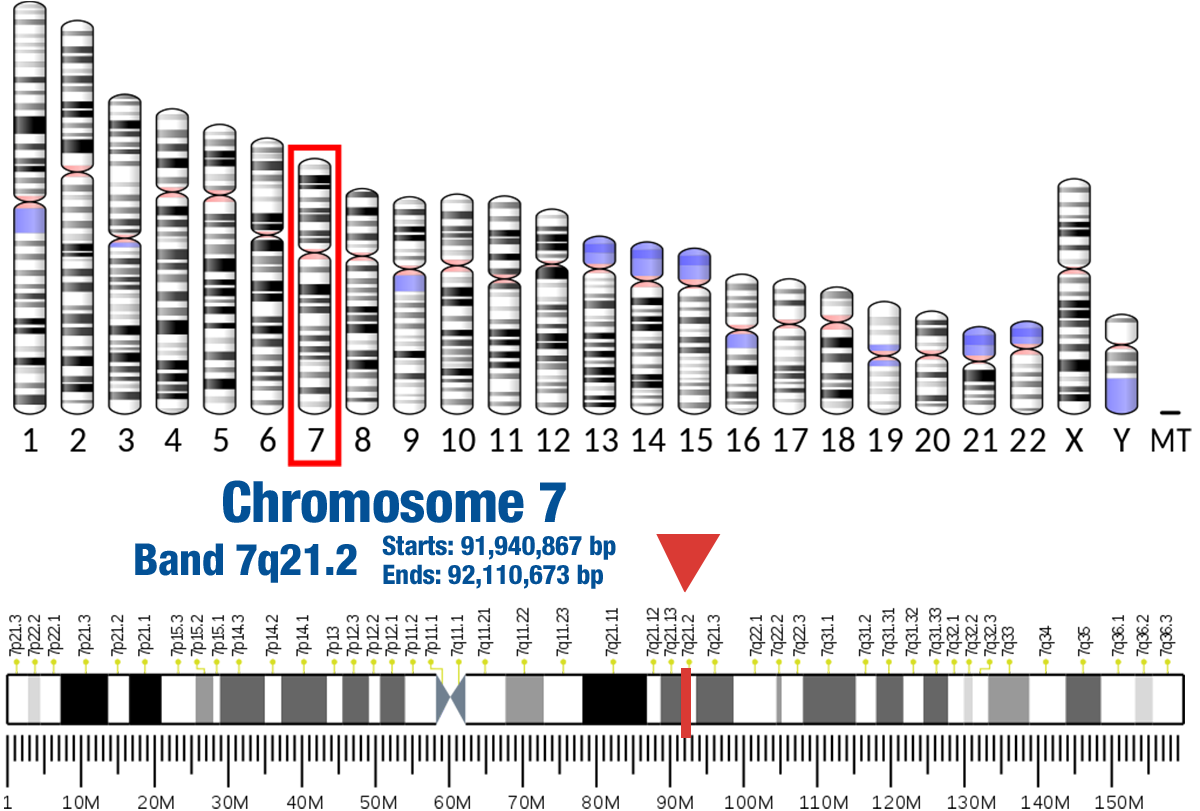
The A-kinase anchor proteins (AKAPs) are a group of structurally diverse proteins which have the common function of binding to the regulatory subunit of protein kinase A (PKA) and confining the holoenzyme to discrete locations within the cell. This gene encodes a member of the AKAP family. Alternate splicing of this gene results in at least two isoforms that localize to the centrosome and the Golgi apparatus, and interact with numerous signaling proteins from multiple signal transduction pathways. These signaling proteins include type II protein kinase A, serine/threonine kinase protein kinase N, protein phosphatase 1, protein phosphatase 2a, protein kinase C-epsilon and phosphodiesterase 4D3. [provided by RefSeq, Aug 2008]
- G2/M transition of mitotic cell cycle
- Microtubule nucleation
- Signal transduction
- Negative regulation of adenylate cyclase activity
- Chemical synaptic transmission
- Long qt syndrome 11
- Long qt syndrome 1
- Long qt syndrome
- Brugada syndrome
- Long qt syndrome 2
AKAP9 Localizations – Subcellular Localization Database
Gene Location


